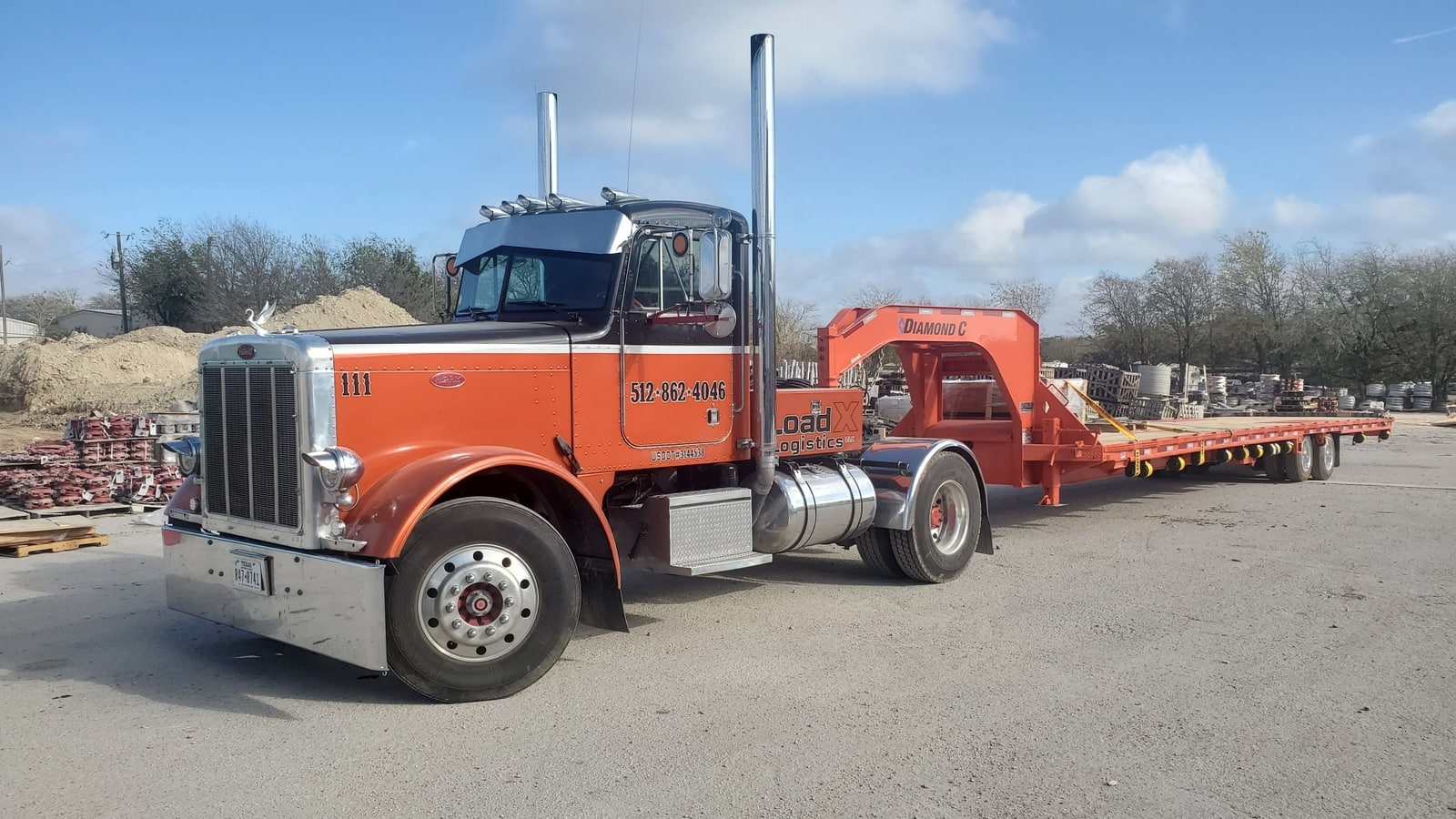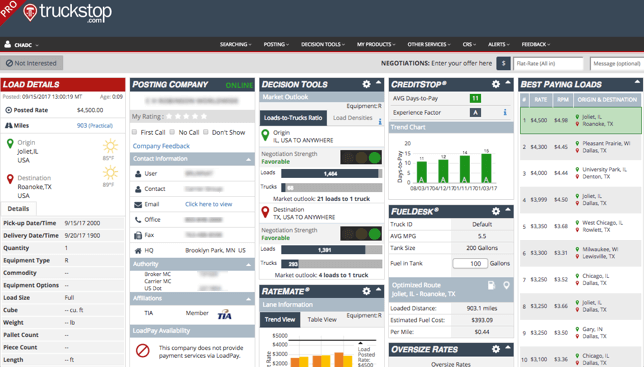
On the other hand, you may find a couple pallets, a car or some other partial that fits in with your main haul. If you’re running a 36′ trailer, that 12 feet just tied up 1/3 of your capacity. You can bet they want to pay less than 25% of the lane average for that 12 feet.

LTL (less than load) freight intended for big trucks might find it’s place in your hotshotting business, but it’s certainly tougher to get top rates.įor example, a broker may post a load requiring 12 feet of a 48 foot deck. That load might have paid more, but was it worth waiting for? You’re Looking For Hotshot Freight, But Don’t Overlook LTL Knowing these numbers will also come into play when figuring out the cost of detention, or waiting a day for a great load. Is your maintenance fund overfunded or underfunded? Are you setting enough aside for taxes? Knowing your own numbers allows you to know exactly where you break even, and how much profit each load will bring in. Then you can adjust for the dynamics and know exactly what it costs to run each mile. What about fuel, out of route and deadhead miles? They do change from week to week, but you’ll need to start somewhere and establish a base. Your phone bill, monthly insurance and others also remain static, or the same from month to month. Your truck and trailer payment remain the same. The hard part of numbers when it comes to trucking is that it’s so dynamic. The only one who really needs to be on top of your numbers is you. Not because I don’t believe it, but because most shippers don’t care. Define yourself, your truck and trailer as the solution. This could seal the deal, and be the reason you get the first call on the next load.įind that niche that’s underserved. The bids are nearly the same, but he knows exactly where you and the product are at all times. Think about this: A shipper has one load and 4 bids. If you’re that hotshotter that lets them track their freight, you may be the only one talking about it. You can get a semi to the docks, but there’s just not enough room for a big truck to maneuver when delivering that new piece of machinery to the building it’s going into.ĭon’t overlook modern technology. In fact, the factory I service as a trucker has a good share of their equipment and materials used for expansion delivered via hotshot. But when they’re adding on or renovating, all bets are off. Nearly every large industrial business or factory can handle a big truck. Also, you have the ability to deliver to job sites that could be off limits to a tractor-trailer combo.

You also have all the signage, equipment and permitting expertize to get the job done. What makes you stand out? What makes you more unique and better equipped to handle their freight? This is usually a mix of equipment and training.įor example, you may have experience in oversized loads and higher cargo insurance coverage.

Always do more than the average hotshotter.ĩ. Search the surrounding area for customers. Find the freight that requires more skill.ĥ. Focus on hotshot freight, but don’t overlook LTL.Ĥ. Identify your unique selling proposition.ģ. The following steps will help you find the loads that pay the best in the lanes you want to run.ġ. Your goal should be to find your own customers and bill them directly. Although you’re most likely finding most of your loads through a load board now, this certainly isn’t your goal for the long run.
#Hot shot trucking load finder pro#
Furthermore, it takes the commitment of a pro to haul for that same customer, over and over. Hotshot truck loads aren’t hard to find, but the best ones require a little more focus and skill to find and book.


 0 kommentar(er)
0 kommentar(er)
